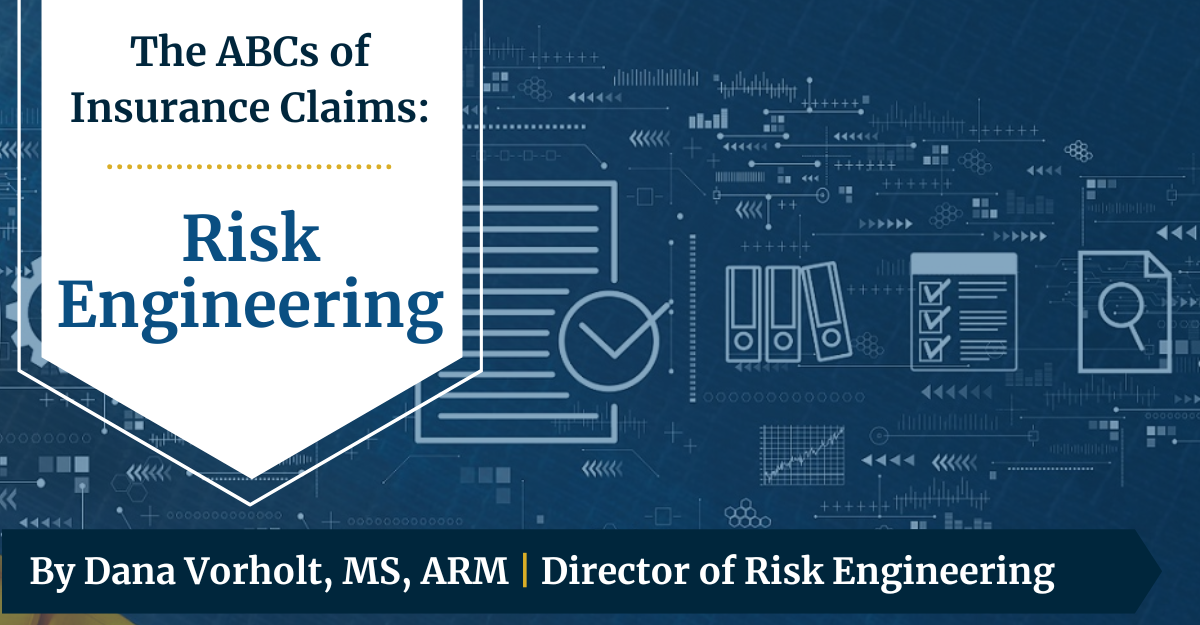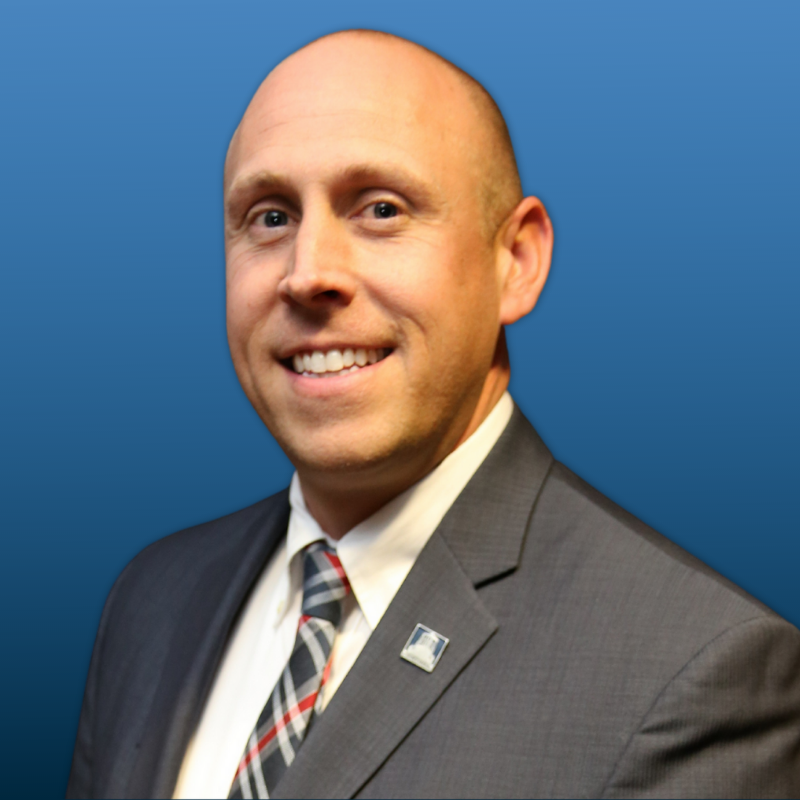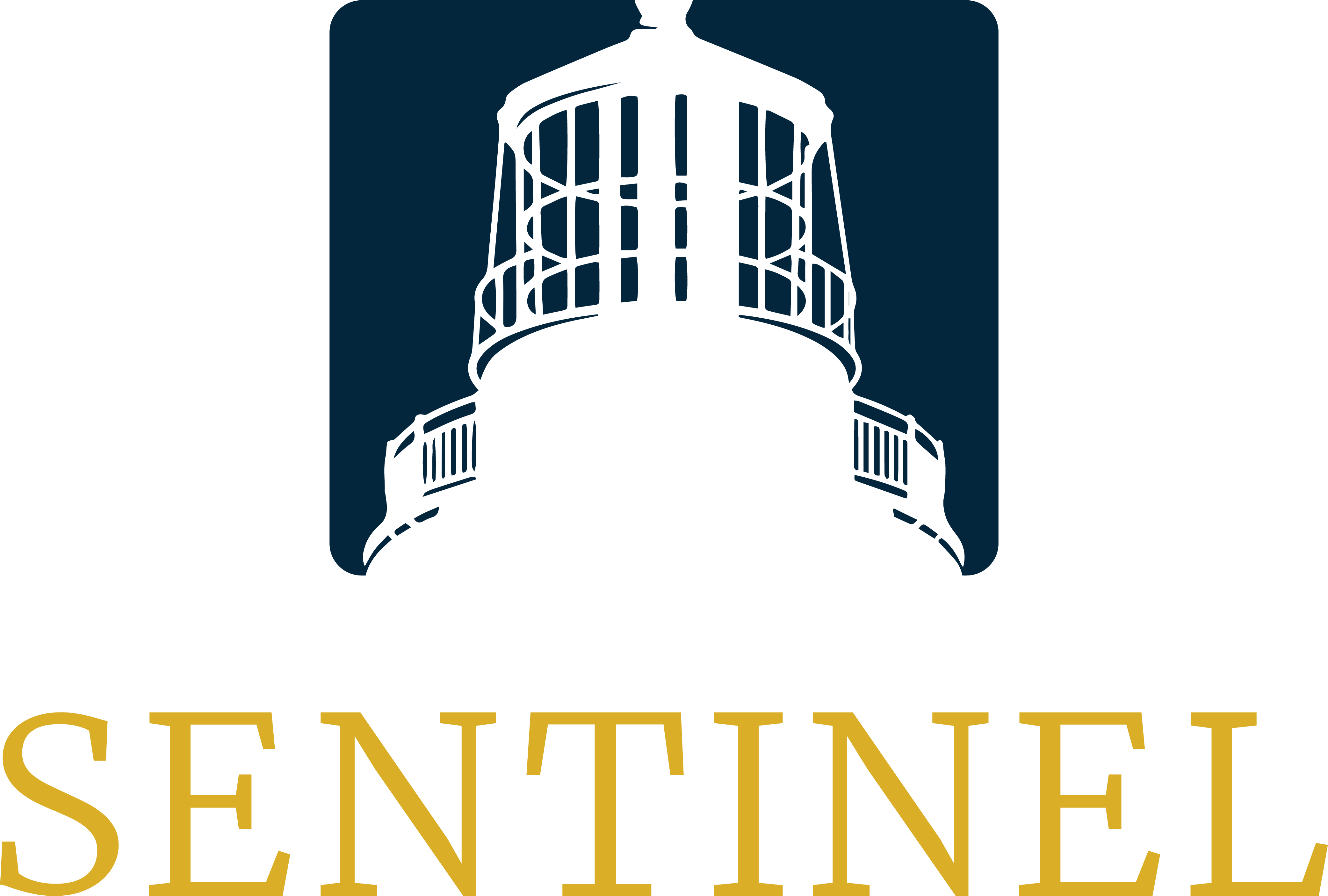Welcome to the ABCs of Insurance Claims. Over the next few months, our Sentinel Risk Performance Group will address an aspect of claims handling for every letter of the alphabet to help provide a better understanding of the claims process.
Risk Engineering
The business of insurance comes down to measuring and accepting risk, which becomes binding through the execution of your insurance policy. Companies who not only execute on their business plan, but also effectively manage their risk, tend to fair better when it comes to calculating their true Cost of Risk.
One of the key components for insurance carriers and brokers alike is Risk Engineering, sometimes referred to as Loss Control. Risk Engineering is a broad term that can cover a large area of risk within your operations. Working closely with Risk Engineering individuals can strengthen your partnership with your insurance carriers and help improve your overall risk profile.
Proactive vs. Reactive
Let’s now look at “Where does your company stand regarding safety and health risk management?”. First, it is important to assess whether your company or organization is proactive or reactive in their risk management practices. A simple way to deduce what lane you are in starts with communication. Do your employees only hear about a loss or a potential loss exposure after a claim has occurred?
It certainly is important to review and discuss claim details post-accident with staff to prevent recurrence, but if training or discussions are only occurring after a loss has happened this is considered as taking a reactive risk management stance. This typically tends to mean safety and controls are an afterthought and byproduct of a resulting claim. Simply put, employees aren’t aware or trained effectively on the exposures prior to an incident occurring even if the potential for loss is known prior to a claim to avoid the claim in the first place. This can have an impact on your total cost of risk.
Total Cost of Risk
We often look at two areas of cost: direct and indirect costs. The direct costs are the dollars that are easily identified related to a specific loss. The indirect costs, which are often more costly and harder to quantify, tend to have a greater impact on operations.
One injured employee can generate a long-lasting, ripple effect of direct and indirect costs. These indirect effects can include lost production, equipment damage, investigation time, re-hiring, OSHA fines, and increased insurance premiums at subsequent renewals.
Job Hazard Analysis
Working closely with a qualified Risk Engineer can help elevate your risk profile, foster accident avoidance, and increase awareness among all associates. One simple step that moves companies from reactive to proactive is the implementation of Job Hazard Analysis (JHA) or sometimes referred to as a Job Safety Analysis (JSA).
These tools help identify exposures that are associated with the individual tasks at hand. It provides a blueprint for your employees on how to perform a task safely by providing details in a step-by-step manner, focusing on the hazards associated with the individual job. In addition to identifying and mitigating hazards, these types of risk engineering practices provide an increased awareness for those performing the work as it is intended to be done daily or when the conditions or exposures of the working environment change. It is also worth mentioning that carriers look at this as a best practice, especially for operations who have elevated workplace hazards.
Experiencing a Loss
We recognize that even the most proactive clients, rooted in a safety-first mentality, can experience a loss at some point. A true differentiator on how a company is viewed often comes down to the response provided after a loss. The last thing an insurance carrier wants to hear are the words “It was just a freak accident”. Labeling a large loss as a “Freak Accident”, even if that might be the best description, should not be the lead response when talking with your insurance partners.
The focus will always be on getting the employee back to whole or as close as possible to their status prior to the injury. The next element is what did your company do to better understand how this loss occurred. Determining the root cause so that we can prevent a similar injury from occurring should be a priority. As seemingly logical as that step may be, this sometimes is hard for companies to get right do to their lack of being able to accept fault.
This is where we turn to the cultural elements of how safety and risk are handled within your operations. When an insurance company is looking to take on a risk, they want to know as much detail as possible, which only makes sense as they are vested in the outcome.
Accountability and acknowledgement tend to go much further for those in the business of taking on risk. Underwriters at insurance companies are well versed in understanding exposures as well as interpreting data. We encourage our clients to tackle the problem straight on by taking ownership of your loss profile. This shows a level of accountability and a willingness to make things better because of a loss or claim.
Partnership and Access to Resources
An important area of Risk Engineering to focus on is partnership and access to resources. The importance of well-worded policies, procedures, and programs plays a significant role when it comes to effective management of risk.
The elements listed above become the foundation of accountability when implemented. Risk Engineers not only have access to large safety libraries that include a litany of documents, but they also have the advantage of working with hundreds of clients throughout the year. These interactions help create a bank of best practices or techniques of controlling risk that are shared with other clients.
Sentinel places an emphasis on partnering with both our clients and our carriers for many reasons, but none are more important than creating a safe working environment for your employees. Nobody knows your business better than you, but when working together, we can work toward common goals.
In the end, having a partnership in place will cultivate trust and confidence for all parties involved. These partnerships not only help your company through risk avoidance and claim prevention, but they also play an important role at renewal negotiation time.
Safeguarding Your Success
At Sentinel, we enjoy working with clients who have low Experience Modification Ratings (EMR’s) and the same is true when engaging with a new client that may have an elevated EMR. Our goal is to help remove risk management hurdles so that your operations stay efficient and accidents are avoided. We do this by aligning with our clients’ needs and exposures to better manage risk, enhance profitability, and drive operational efficiency.
The great news is, no matter where your organization is on the risk spectrum, there are many resources available. Sentinel will always be willing to open our playbook and resources for any client or prospect that is looking to take that next step in improving their risk profile. Engage with our team today to learn more.



